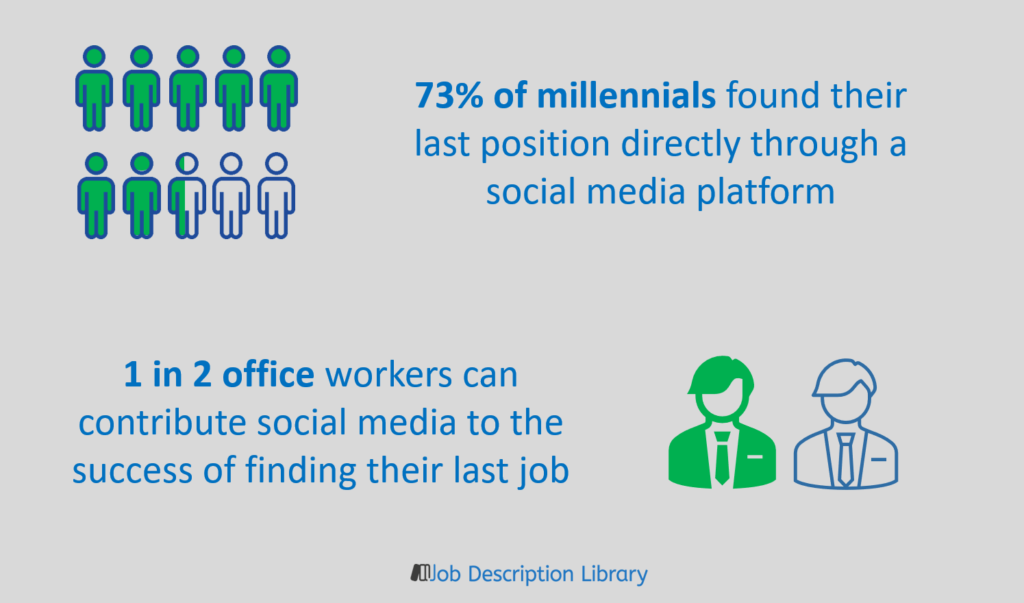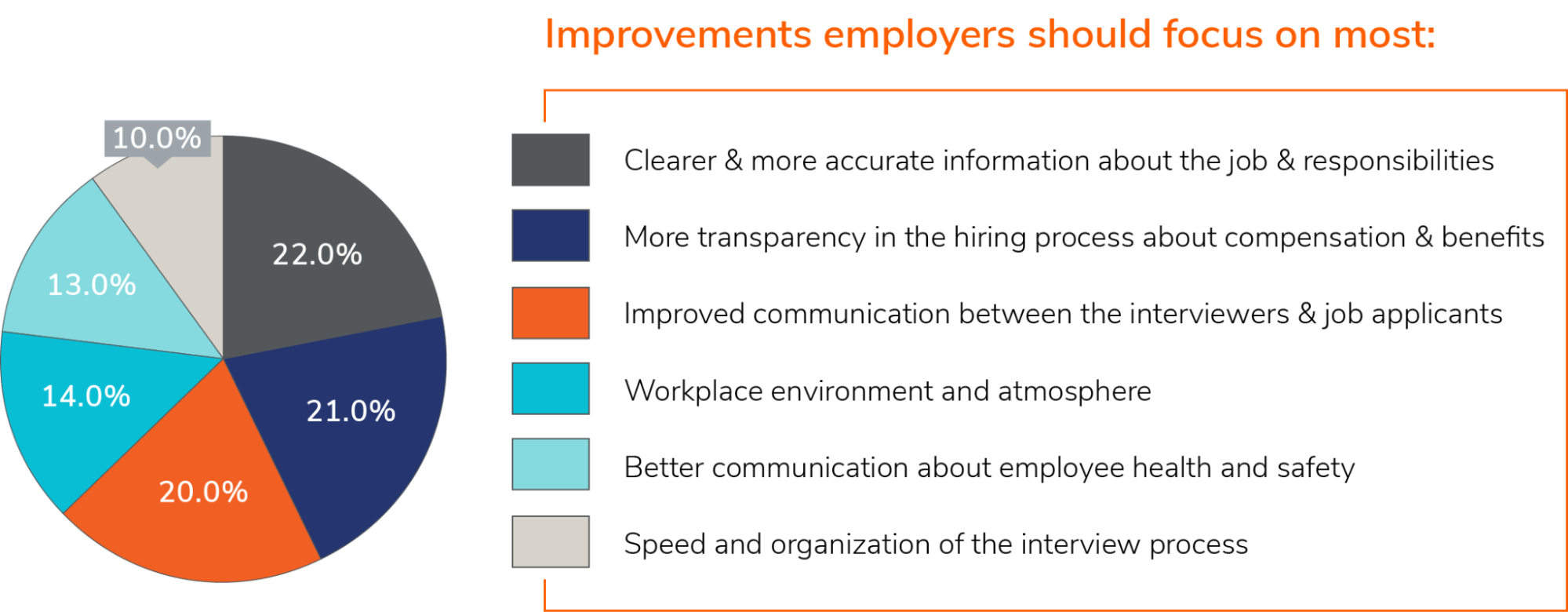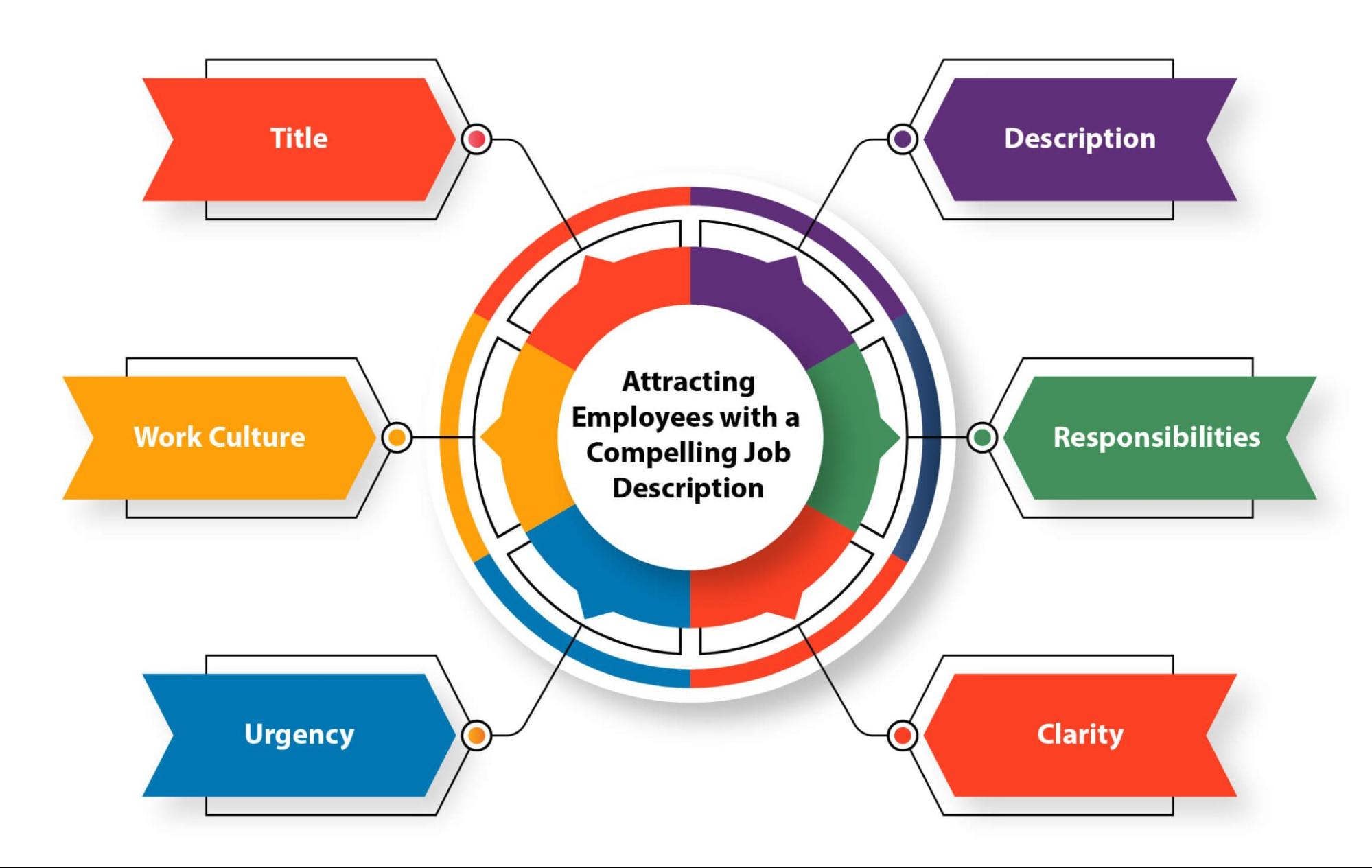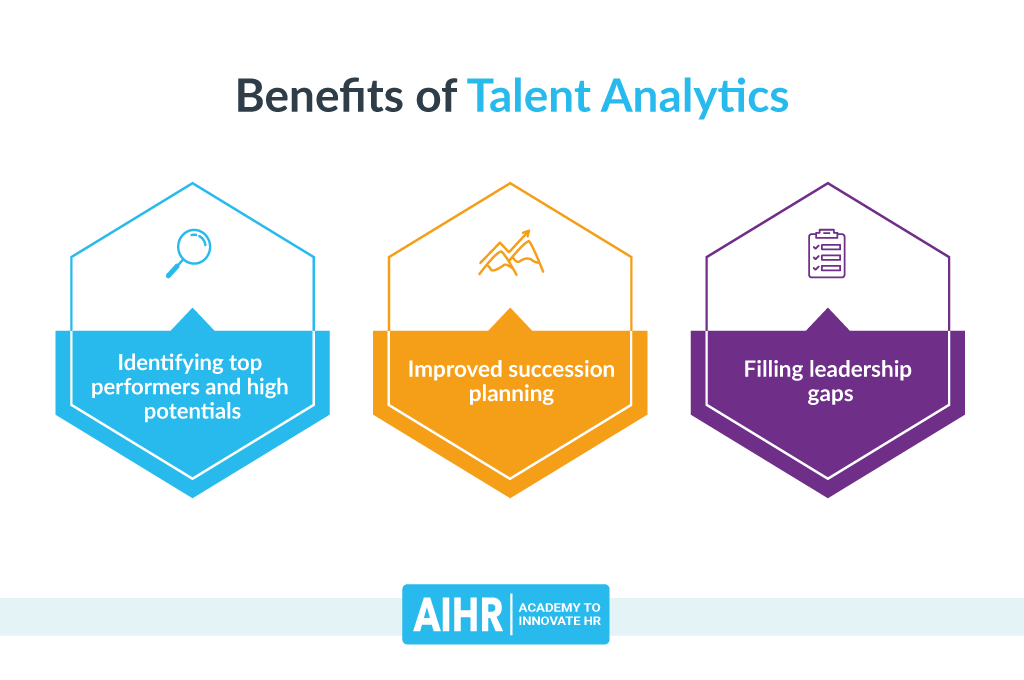7 Best Strategies To Attract Top Talent For Your Company 2023
Today’s job market is like an episode of “Survivor,” except the contestants are companies, and the prize? Attracting the top talent who make your business goals come to life. So, how do you outwit, outplay, and outlast the tough candidate market? Stick around, because we’ve got some killer strategies lined up for you.
Gone are the days when you could post a job ad and wait for the magic to happen. Now, you have to roll up those sleeves and play the game like a pro. From becoming the employer everyone’s crushing on to making your social media profiles not just scrollable but ‘follow-able’—we’re diving deep into 7 game-changing strategies for 2023.
By the time you finish this piece, you’ll have more than just tips—you’ll have a fail-proof recruitment roadmap.
Ready to unlock the cheat codes to attract top-tier talent? Let’s do this.
7 Effective Strategies To Attract Top Talent
When it comes to recruitment marketing efforts, use these key strategies to hire the right employees. In this section, we’ll explore all those strategies and pay close attention to the actionable points you have to make.
1. Develop A Strong Employer Brand
A strong employer brand refers to the reputation and image that a company projects as an employer. In other words, it communicates to potential candidates what it’s like to work at your company and what it stands for.
75% of candidates also research a company’s reputation beforehand. So a company with a strong reputation can attract the right employees to work for the company. On the other hand, many candidates would immediately decline the job offer if the firm has a bad image.
To enhance your employer brand, demonstrate your commitment to finding the right fit for the role and showcase your interest in the individual characteristics of each candidate.
Combined with employee development opportunities and training programs, this can help attract candidates who value an appealing workplace culture that focuses on individual growth and development to improve employee performance.
Even though a strong employer brand like this one is built over time, here are 3 aspects to consider when developing one:
1.1 Clear & Authentic Messaging
Clear and authentic messaging refers to effectively communicating your company’s values, mission, and culture to potential clients. Most importantly, it’s about staying truthful and transparent about your company’s culture and values.
So don’t sugarcoat or exaggerate the reality of working at your organization, as this can backfire and harm your employer’s brand. Instead, focus on highlighting the unique aspects of your culture and what makes your company the perfect place to work. Make it more appealing by putting it in narrative form aka employer brand story.
1.2 Consistent Branding
Consistent employer branding means ensuring your message, values, and image are uniform across all platforms and touchpoints. For instance, your social media posts should use the same language and style as your recruitment emails or job descriptions.
Make sure your logo, color scheme, and typography are consistent across all channels to help reinforce your brand image and values.
1.3 Employee Value Proposition
The employee value proposition (EVP) is a unique set of beliefs, rewards, and opportunities that an employer offers its employees in exchange for their skills and dedication.
Essentially, it helps to communicate what the company stands for, what it expects from its employees, and what it offers in return. Do your homework to find out what makes your company special. Then, create a brand that showcases these perks in a way that resonates with the people you want to hire.
2. Utilize Social Media

79% of job seekers use social media in their job search, and 73% of employers have successfully hired a candidate using social media.
Additionally, recruiting this way can save your company tons of costs and allows you to effectively reach passive candidates who are not actively searching for a job. However, there are a few things to consider when using social media:
2.1 Choose The Right Platform
When it comes to recruiting on any social media platform, choosing the right one can make all the difference. Different platforms attract different types of users and have varying engagement levels, so choosing one that aligns with your target audience and goals is important.
For instance, if you’re looking to attract younger talent, go for Instagram or TikTok. On the other hand, LinkedIn is the go-to platform for recruiters and HR professionals.
Sometimes, you have to get more creative about where you can find the right talent. For example, if you’re looking to sell online products and need someone to assist you, you can join paid Discord communities and Telegram groups where there’s a network of sellers and consumers you can reach out to.
Ultimately it all boils down to researching and experimenting with different platforms to see what works best for your needs.
2.2 Create Engaging Content
Essentially, your content needs to stand out from hundreds, if not thousands, of posts from competitions. There are tons of ways to do this.
For one, offer a variety of formats to cater to everyone’s liking, as some might prefer reading articles or blog posts, while others prefer watching videos or listening to podcasts. More importantly, your content needs to be fresh and up-to-date, so don’t be afraid to experiment with new formats or topics.
2.3 Use Targeted Advertising
Targeted advertising shows ads to people who are likely to be interested in the jobs you’re offering. With the help of data pipelines, you can collect valuable data about users like their age, gender, location, and browsing history. For this, learn how to use a Google Advertising ID or similar ad tracking tools.
You can then create ad campaigns that specifically target people based on the data collected. If you’re looking for people with certain skills or job titles, you can aim your ads directly at them, using filters, to make sure the right talents see them. Just like how technology enthusiasts would be interested in a job in technology, your targeted ads can resonate with the right candidates.
Use specific keywords in your job postings so that when people search for those terms, your job openings show up. This can help you attract more qualified candidates with the skills and experience you are looking for.
3. Use Employee Referrals
Employee referrals mean getting job candidates based on suggestions from your current staff. Essentially, when you have employees who are engaged and satisfied with their work, they are more likely to recommend their friends and colleagues to join your company.
The following factors make employee referrals a successful talent strategy:
3.1 Clear Job Descriptions
Create a clear, detailed, and effective job description outlining potential hires’ roles and specific duties. This way, employees know what to look for and can be successful in the referral process.
3.2 Providing Incentives
Give incentives like gift cards, extra vacation days, and flexible work hour opportunities to help motivate those employees who successfully find suitable candidates.
3.3 Timely Feedback

Provide feedback during the employee referral program to make sure your employee is up-to-date on the referral status or if the spot has been filled already. You can also give positive feedback based on how well an employee is at finding perfect candidates to make them feel valued and appreciated.
4. Develop A Positive Candidate Experience
Employee experience during the hiring process can influence their job decision. Companies that prioritize candidate experience are also twice as likely to improve their cost per hire and reduce their time to hire. This shows that creating a positive experience benefits candidates and brings tangible business outcomes for organizations.
So, how can you create a positive candidate experience that helps you attract a remarkable talent?

4.1 Keep It Real
People applying for jobs want the full scoop upfront. Get detailed in your job postings, include the pay and benefits, and be clear about what the job really involves. Keep this honesty going throughout the whole process. Make sure everyone involved in the interviews gives clear info and leaves time for any questions.
4.2 Make It Uniform
If your hiring process is all over the place, you risk giving candidates a lousy experience without even knowing it. Make it the same for everyone to avoid bias and speed things up. Consider using a checklist to keep everyone on track.
4.3 Check Your Score
To know how you’re doing so far, ask the people who’ve gone through your hiring process. Send out a quick survey after interviews to see where you can improve. You can also ask your current employees how their experience was and if they’ve got any pointers for you.
5. Create Compelling Job Descriptions
 Having a compelling job description is the first thing that potential candidates will see when they’re applying for a job. Most importantly, a well-written job description can help you stand out in other job postings and catch the attention of the most qualified applicants.
Having a compelling job description is the first thing that potential candidates will see when they’re applying for a job. Most importantly, a well-written job description can help you stand out in other job postings and catch the attention of the most qualified applicants.
So, how do you create a compelling job description?
5.1 Add a Touch of Personality
First off, don’t shy away from letting your company’s personality shine. If your office is all about innovation and hustle, use language that reflects that energy. If you’re more about mindfulness and work-life balance, let that come through. Job descriptions don’t have to be stale or robotic; a sprinkle of your corporate ethos can make a world of difference.
Here are 2 examples to illustrate the point:
Example 1: For Tech Company Tech Valuing Innovation & Hustle
Are you a coding wizard who thrives in a fast-paced workplace environment? Do you get a kick out of solving complex puzzles that make most people’s heads spin? If you answered ‘yes,’ we want you on our rocket ship to innovation. We’re not your average tech company; we’re a dynamic squad pushing the boundaries every day. If you’re ready for a thrill ride of your career, apply now!
Example 2: For A Tech Company Valuing Mindfulness & Work-Life Balance
Do you love coding but also value your time for mindfulness and family? Are you looking for a workspace that’s more ‘zen garden’ and less ‘rat race’? Our team believes in working hard but also recharging hard. With flexible hours, yoga sessions, and an ethos rooted in work-life harmony, we’re not just another tech company. If this sounds like your ideal work haven, we’d love to hear from you.
Notice how each description promotes the company’s unique vibe, making it not just about the role but also the kind of culture the candidate can expect. It makes the job post more engaging and relatable, attracting those who’d fit right in.
5.2 Be Crystal Clear About Requirements
Next, be upfront about what you’re looking for. Sure, “must be a team player” sounds nice, but what does that mean? If you’re after someone with five years of experience in data analysis who’s proficient in Python, say so. And if you value soft skills like good communication or problem-solving, don’t leave those out either.
5.3 Show What’s In It for Them
What will they gain from working for you? Will they get to work on exciting projects, have a chance for rapid advancement, and enjoy fantastic perks? This is your chance to show off a little. Candidates want to know that they’ll be cared for and that their work will be meaningful.
5.4 Include Actionable Steps
Last but not least, end your job description with a call to action. Guide them on how to apply, and if possible, give them a small taste of what to expect next. Will there be multiple interview rounds? A task to complete? Give them a heads-up.
Think of your job description as more than a bulletin; it’s an invitation to be part of something bigger.
To make the job description more engaging and conversational, use inclusive language and avoid language that may be discriminatory.
6. Utilize Data & Analytics
 Utilizing data and analytics helps you optimize recruitment strategies and attract qualified candidates. Companies that implement data for talent management also are more likely to have higher employee retention rates.
Utilizing data and analytics helps you optimize recruitment strategies and attract qualified candidates. Companies that implement data for talent management also are more likely to have higher employee retention rates.
Organizations with high employee engagement had a 26% lower employee turnover rate than those with low employee engagement. This shows that companies that use data and analytics
can improve their customer engagement and satisfaction and also act as a retention strategy for a more stable and motivated workforce.
Here are 2 factors to consider when using data and analytics:
6.1 Understanding Candidate Preferences
Data and analytics can help provide you with valuable insight into user preferences, including preferred job titles, industries, and company culture. You can attract the best candidates for your open positions by tailoring your recruitment strategies to these preferences.
Just like customer surveys help you understand what your customers want, using data in your hiring process helps you attract the best people. Using this data, you can make the application and interview process better tailored to what your ideal candidates are looking for.
6.2 Streamlining The Recruitment Process
You can identify any bottlenecks in your recruitment process with the help of data-driven metrics to improve the candidate experience. Essentially, the data can be used to track candidate activity which can help organizations optimize their recruitment process and, in turn, reduce the time it takes to fill open positions.
Just as companies benefit from incorporating real-time data streaming into their operations, leveraging recruitment data gets you better hiring outcomes and a more efficient process. Using this information strategically, you’ll make improvements and attract prospective employees for your company.
7. Embrace Flexible & Remote Work Options
Providing a range of work arrangements supports a healthy work-life balance so you can appeal to a diverse pool of candidates who value flexibility in their professional lives. Depending on the nature of your workflows, offer work arrangements like:
- Full-time remote work
- Flexible hours and schedules
- Hybrid models (a mix of remote and in-office work)
With this, you can cater to the preferences and needs of potential employees, making your company an attractive choice for high-level talent.
It also means you make sure to implement effective communication, collaboration, and hosting tools. This includes:
- Using robust project management platforms like Trello and Asana
- Fostering virtual team building and collaboration through tools like Slack
- Implementing reliable video conferencing tools like Zoom or Microsoft Teams
- Using offshore hosting services with reliable uptime like Ultahost and SiteGround
In addition to these tools, utilize integrated project management software to streamline your team’s workflows and improve overall efficiency.
To foster a healthy work-life balance, encourage regular breaks and time off and spearhead establishing boundaries between work and personal life. Doing this will create a supportive work environment where employees feel valued and can perform at their best.
Conclusion
Attracting top talent has become more critical than ever in 2023 as organizations continue to compete for the best employees in a tight labor market. Implementing the 7 best strategies outlined in this article increases your chances of attracting top talent.
As a final thought, remember that attracting top talent is not a one-time event but an ongoing process. Stay current on industry trends, listen to employee feedback, and continuously evaluate and adjust your strategies to stay ahead of the fierce competition.
With dedication and effort, your organization can build a reputation as an employer of choice and attract the best and brightest talent to join your team.
Want to learn more about the latest trends and strategies in the world of business and tech? Head over to our blog and keep tabs on what’s new.
This article has been published in accordance with Socialnomics’ disclosure policy.









